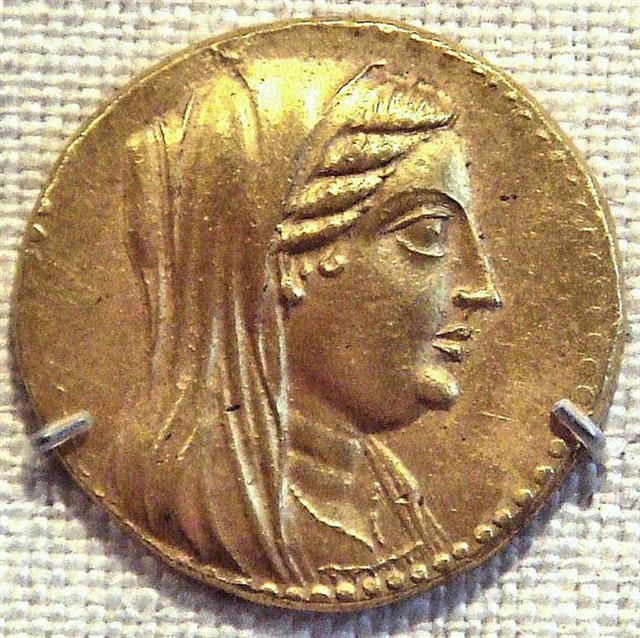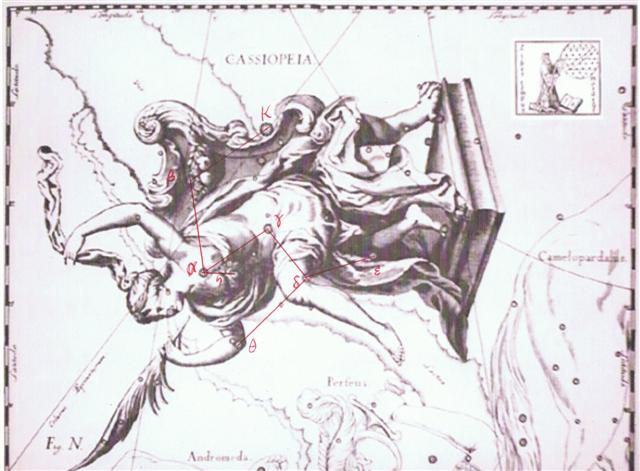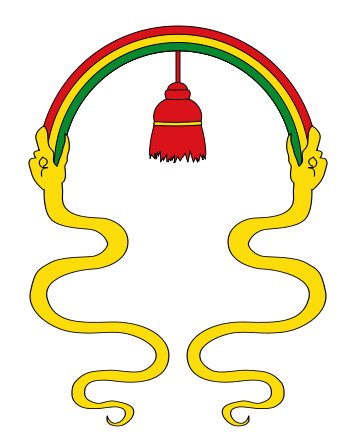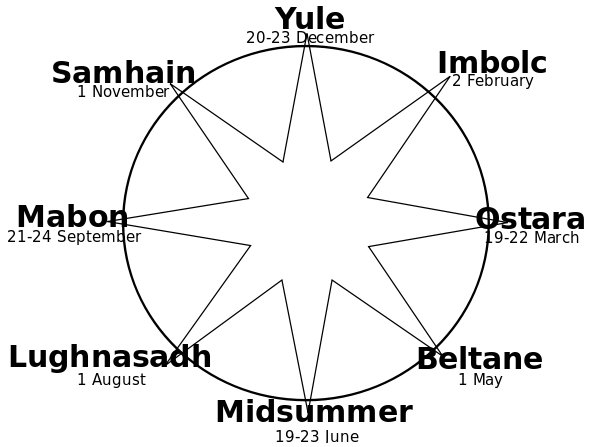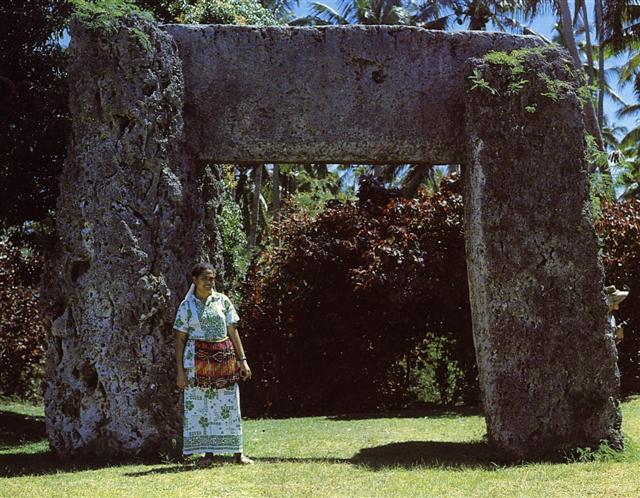188. → Algorab (*188):
Due to the fraction .0 we should rather, though, perceive 188 as a sign for the star γ in the constellation Coma Berenicis:
As a tourist to the island of Cyprus (→ copper) I once upon a time went to the beach where according to legend Aphrodite (→ Venus → copper) came ashore (was borne) amidst the foam of the sea → Aprho-dite. In time-space this ought to have occurred in spring and in the east. And indeed according to the ancient Mesopotamians (who lived between a pair of rivers) the sign of Venus was placed close to Anunitum and at the confluence of these rivers:
... Perhaps Raven was delayed because he did not follow the smooth ecliptic path of the planets (living stars) but instead flew along the flow of the Milky Way river down towards Eridu, The circle offers the shortest and quickest path and if the Raven went some other way he surely must become delayed:  ... Now Eridanus, the watery grave of Phaeton - Athanasius Kircher's star map of the southern hemisphere still shows Phaethon's mortal frame lying in the stream - was seen as a starry river leading up to the other world. The initial frame stands, this time traced in the sky. And here comes a crucial confirmation. That mysterious place, pī nārāti, literally the mouth of the rivers', meaning, however, the 'confluence' of the rivers, was traditionally identified by the Babylonians with Eridu. But the archeological site of Eridu is nowhere near the confluence of the Two Rivers of Mesopotamia. It is between the Tigris and Euphrates, which flow separately into the Red Sea, and placed rather high up. The proposed explanation, that it was the expanding of alluvial land which removed Eridu from the joint 'mouth' of the rivers, did not contribute much to an understanding of the mythical topos of pī nārāti, and some perplexed philologist supposed in despair that those same archaic people who had built up such impressive waterworks had never known which way the waters flow and had believed, instead, that the two rivers had their source in the Persian Gulf ...
... Though Andromeda has its roots most firmly in the Greek tradition, a female figure in Andromeda's place appeared in Babylonian astronomy. The stars that make up Pisces and the middle portion of modern Andromeda formed a constellation representing a fertility goddess, sometimes named as Anunitum or the Lady of the Heavens ...  Here the Sea Beast (Cetus) was evidently bound to come ashore:   In the Golden Age of the Bull the princely star named Hamal would ideally have been visible - as extrapolated backwards in time-space - close to the nakshatra Full Moon in AUGUST 16 (i.e. 3 days after the Creation of our present world in 3114 BC):
Since then the precession had moved the cardinal corners of the Sun 64 days earlier in the year as observed against the fixed stars in the night sky, and the reversal from winter to summer would nowadays therefore occur around April 21 (111 = 47 + 64). The glyph picture at April 22 was perhaps intended to visualize how the time of eating (kai) would here return (come back). ... Antares, visible in the morning sky of December-January, came to stand for summer heat; hence the saying, 'Rehua cooks (ripens) all fruit' [hakatupu]. The generally accepted version of the Rehua myth, according to Best, is that Rehua had two wives, the stars on either side of Antares. One was Ruhi-te-rangi or Pekehawani, the personification of summer languor (ruhi), the other Whaka-onge-kai, She-who-makes-food-scarce before the new crops can be harvested ... The culmination (at 21h) of the star Hamal was nowadays to be observed in December 11 (*265), which south of the equator (on Easter Island) corresponded to the season of June 11 → "May 1 (121) → Beltane (Bright Fire). ... Since the early 20th century it has been commonly accepted that Old Irish Beltaine is derived from a Common Celtic *belo-te(p)niâ, meaning 'bright fire'. The element *belo- might be cognate with the English word bale (as in bale-fire) meaning 'white' or 'shining'; compare Old English bael, and Lithuanian/Latvian baltas/balts, found in the name of the Baltic; in Slavic languages byelo or beloye also means 'white', as in Беларусь (White Russia or Belarus) or Бе́лое мо́ре (White Sea). A more recent etymology by Xavier Delamarre would derive it from a Common Celtic *Beltinijā, cognate with the name of the Lithuanian goddess of death Giltinė, the root of both being Proto-Indo-European *gelH- ('suffering, death') ...
... Anyhow, I had (as if by chance) chosen November 6 AD 2022 because I saw it as a crucial point in the diagram above. But then I was surprised to find Mars close to 121 Tauri, because for me 121 meant 11 * 11 and furthermore May 1 (121) was connected with Beltane ...
The Pope Gregory XIII changed the date for spring equinox from March 25 (125) to March 21 (121), thereby changing also the winter solstice date from December 25 (359) to December 21 (355), and 121 Tauri should from that point onwards be a suitable name for this star in the constellation of the Bull, where in the night of November 6 AD 2022 the warrior Mars could be observed to 'rest in peace (RIP)' - be decapitated: Giltinė, Guillotine (my 'as if by chance' etymology). ... What can possibly be the meaning of my expression 'as if by chance'? I decided to look again for such dates where Mars was at the same place as some prominent star. In Cartes du Ciel the path of Mars can be followed day by day, night by night, and my first recorded view was that from November 6 AD 2022. And I know that in June 6 (day 157 ↔ 314 / 2) will come the National Holy-Day of Sweden. As I at first remembered it, this was the day when our glorious warrior king Gustav II (↔ Gemini) Adolf was shot down from his giant horse in the year AD 1632. He had to be carried by a giant horse because he had become so very heavy from eating too much. What made me memorize this event from the history lessons when nearly nothing else would remain? Then I recalled that the he did not die in June 6 but half a year away (9 - 3 = 12 / 2 months) in November 6 (310) and this was the only day when you would be able to buy and enjoy eating the bakery item named Gustav Adolf - after the king in question. Although I was half right, because at June 6 my wall calendar states that a pair of names to be celebrated should be Gustaf (→ Gustav II Adolf) together with his father Gösta → the first king of unified Sweden ... Whereas the star in the Cancer constellation named Bright Fire (λ, *125.4) was located at *84 in the era of Bharani.
|
|||||||||||||||||||||||||||||||||||||||||||||||||||||||||||||||||||||||||||||||||||||||||||||||||||||||||||||||||||||||||||||||||||||||||||||||||||||||||||||||||||||||||||||||||||||||||||||||||||||||||||||||||||||||||||||||||||||||||||||||||||||||||||||||||||||||||||||||||||||||||||||||||||||||||||||||||||||||||||||||||||||||||||||||||||||||||||||||||||||||||||||||||||||||||
